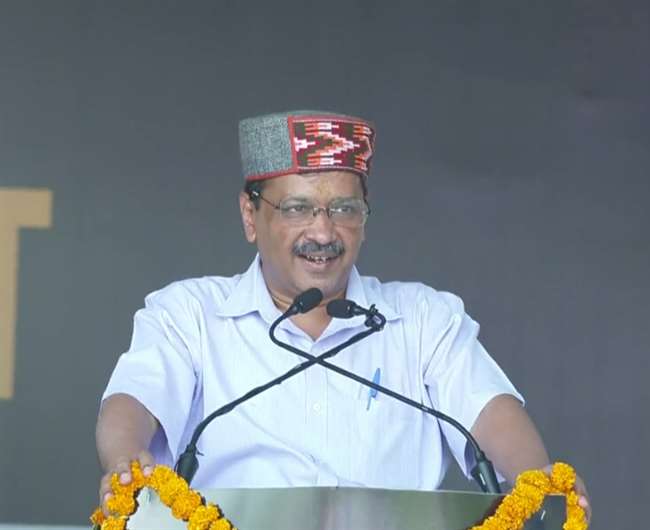An agrarian crisis pushed the rural India towards the cities, where new jobs were being created. AAP, in a way, is the political expression of this class, as their imagination, their symbolism and their voter-base point to.
The results of the recently held assembly elections in five states lead to two definitive conclusions—one the consolidation of Bharatiya Janata Party (BJP) as India’s top mainstream political party and other the rise of Aam Aadmi Party (AAP) as an alternative to the Congress in some of the states. In fact, the stunning victory of AAP in Punjab, where it practically decimated all its major rivals, has led many analysts to describe it as the greatest political phenomenon in India’s recent history.
Following the grand victory in Punjab, where it has formed a government with a brute majority, AAP has also begun the exercise to expand its base in other states, especially states close to Delhi, its first obvious aim being to capture northern India. Presently it appears to be trying to gain ground in Rajasthan where Congress is running a government.
Until now Rajasthan, which will go to polls in 2023, has been witnessing primarily a bipolar contest, resulting in the Congress and the Bharatiya Janata Party ruling the state alternatively for two decades. Traditionally, the state has always voted for either the Congress or the BJP. But AAP strategists see an opportunity for themselves in the state and believe that their party can provide a credible alternative in Rajasthan as it did in Punjab. In their opinion the issues afflicting the people in Punjab and Rajasthan are more or less the same.
“Expensive electricity has been plaguing Rajasthan as well. The Aam Aadmi Party provided solutions to the electricity-related problems in Delhi and Punjab and can do the same in Rajasthan as well,” said an AAP leader. Even though the party had drawn a blank in Rajasthan in 2018 polls, buoyed by Punjab results, it now fancies its chances in the state.
While deciphering the AAP phenomenon it is important to remember that Aam Aadmi Party is often described as a centrist, post-ideological party which formed two successive governments to rule the state of Delhi primarily on the plank of making the lives of its residents easier. Its first term in Delhi was marked by confrontational pro-transparency and inclusivist rhetoric and it was dubbed “populist” because of the distribution of “freebies.
Some analysts have sought to explain AAP’s success in another light that shows BJP appropriating some of the symbols of Aravind Kejriwal’s party. For example, the appropriation of AAP’s topi and broom. The BJP, according to some observers, gave the topi a colour change from white to saffron and used the broom extensively through Swachh Bharat Abhiyan. But in Delhi and some other states AAP has been much more successful than any other political party in the country.
It has cleverly reaped the benefits of studying India’s changing demographic profile closely. For example, globalization didn’t only increase wealth through the creation of an immigrant, professional and post-industrial middle-class, it also caused a huge growth in India’s urban population. An agrarian crisis pushed the rural towards the cities, where new jobs were being created. AAP, in a way, is the political expression of this class, as their imagination, their symbolism and their voter-base point to.






































